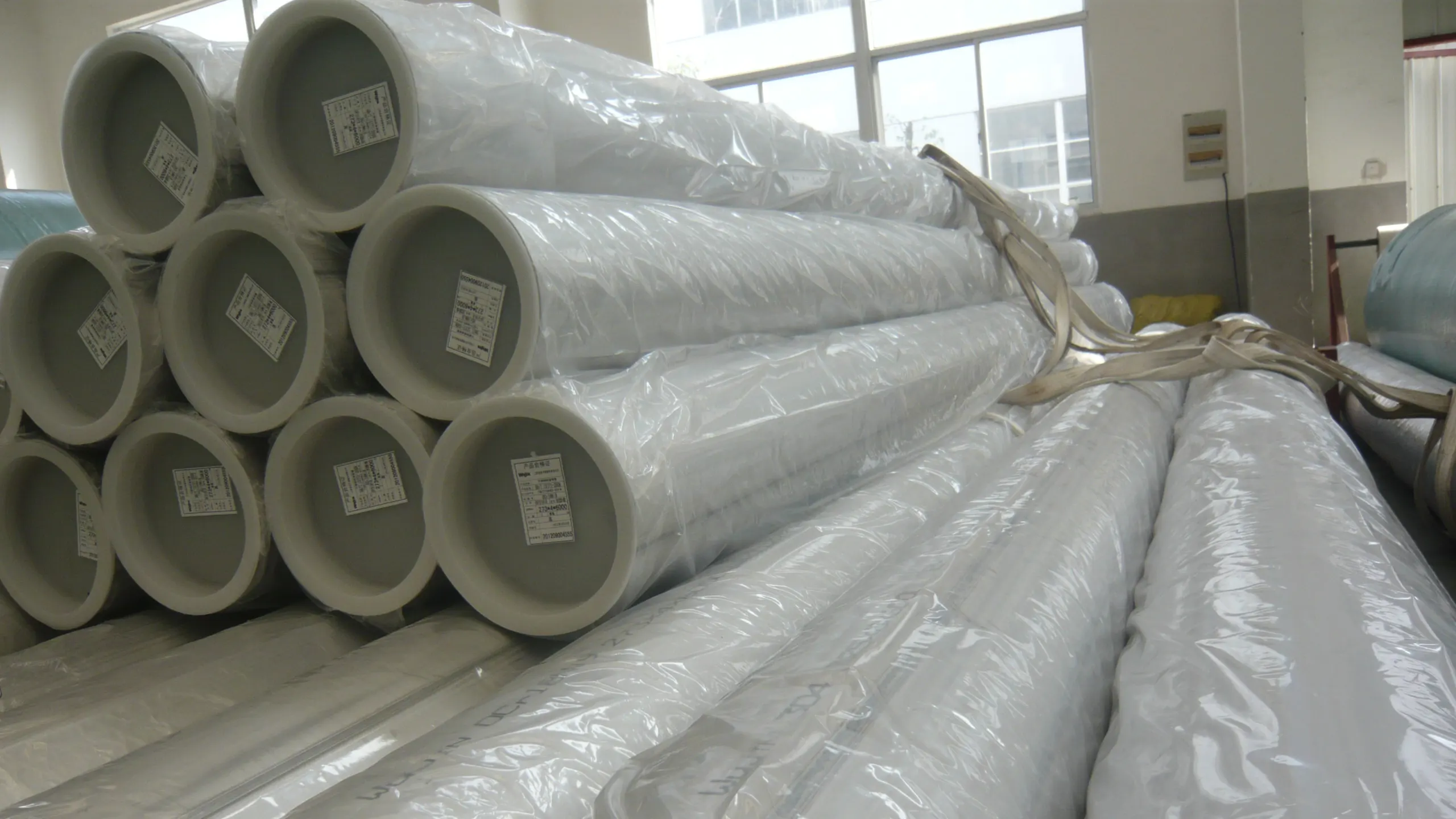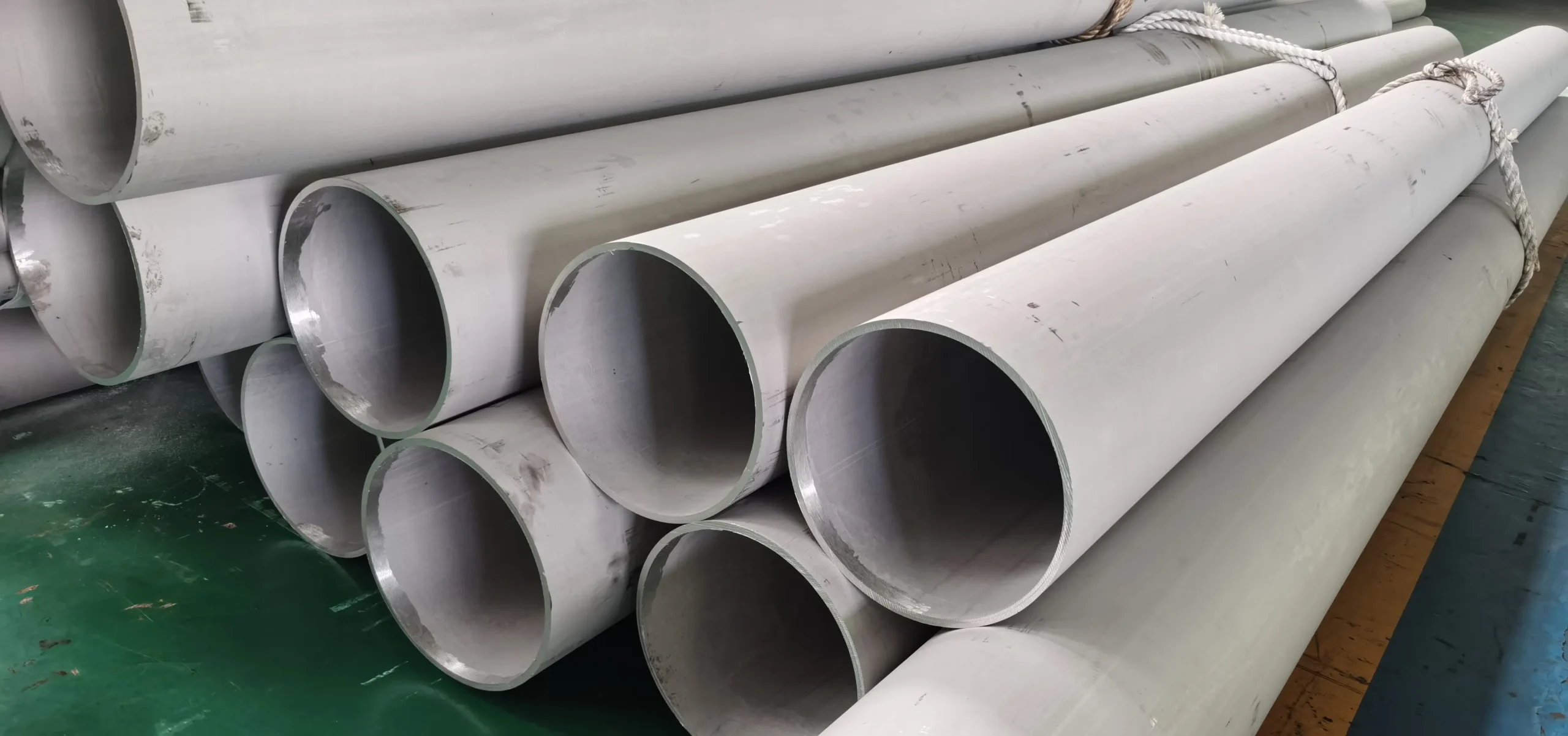Фитинги для сантехнических труб должен соответствовать стандарты чистоты. Это связано с высокими гигиеническими требованиями, предъявляемыми к среде, в которой они находятся. Получение стандартов чистоты гарантирует, что ваши фитинги из нержавеющей стали обладают поистине гигиеническими свойствами.
Что такое стандарты чистоты? Эталон гигиены!
Стандарты чистоты - это жизненно важные рекомендации. Они определяют приемлемые уровни чистоты, обработка поверхности, дизайн и методы производства. Эти стандарты предотвращают рост микроорганизмов и сводят к минимуму остатки продукта. Это жизненно важно для таких отраслей, как пищевая, фармацевтическая и биотехнологическая. Они гарантируют, что ваша сантехника будет работать как надо.
Основные принципы стандартов чистоты
Стандарты требуют очень низкого шероховатость поверхности (Ra) для предотвращения прилипания бактерий. Это также облегчает чистку.
Фитинги не должны иметь внутренних швов, которые могут задерживать загрязняющие вещества в скрытых местах. Стандарт обеспечивает бесшовный внутренний профиль, устраняя потенциальные условия для роста микроорганизмов.
Допускается использование только специальных коррозионностойких материалов. Обычно используются такие марки нержавеющей стали, как сталь 304L а также сталь 316L.
Конструкция должна обеспечивать полный отвод жидкостей, без остатков жидкости. Это предотвращает образование застойных зон, а также обеспечивает эффективное чистый на месте (CIP) процесс.
Компоненты должны легко осматриваться, что поможет обнаружить любые загрязнения.
Основные стандарты чистоты и их направленность
| Стандартное название | Организация | Основной фокус | Целевые отрасли |
|---|---|---|---|
| 3-A Санитарные нормы | 3-A Sanitary Std., Inc. | Гигиенический дизайн, производство, оборудование для обработки | Продукты питания, фармацевтика, биотехнологии |
| ASME BPE | ASME | Биопроцессинг Дизайн оборудования, материалы, изготовление | Биотехнологии, фармацевтика |
| ISO 2853 | ISO | Зажимные соединения, размеры для пищевой промышленности | Продукты питания, напитки |
| Руководящие принципы EHEDG | EHEDG | Гигиеническая инженерия и принципы проектирования | Продукты питания, фармацевтика, косметика |
Пригодность для применения: Сравнение стандартов
| Тип приложения | Наилучшим образом подходящий стандарт | Причина(ы) |
|---|---|---|
| Биофармацевтическое производство | ASME BPE | Сверхчистота, стерильность, обширная валидация |
| Молочная и пищевая промышленность | 3-A Санитарные нормы | Доказанная чистота, широко признанная |
| Комплексное проектирование пищевых продуктов (Европа) | Руководящие принципы EHEDG | Сосредоточьтесь на принципах гигиенического дизайна, поддающихся проверке |
| Специальные резьбовые соединения | ISO 2853 | Определяет взаимозаменяемость, гигиену |
| Системы водоснабжения высокой чистоты | ASME BPE | Устраняет загрязнения, обеспечивает чистоту |
| Системы CIP/SIP | ASME BPE, EHEDG (проектирование для) | Обеспечивает тщательную очистку/стерилизацию |
Что мы делаем
Целевые значения шероховатости поверхности (Ra) для сантехнических фитингов
| Метод отделки | Целевой Ra (мкн / мкм) | Уровень применения |
|---|---|---|
| Механическая полировка | 20-32 мкн (0,5-0,8 мкм) | Продукты питания общего назначения, напитки |
| Тонкая механическая полировка | 15-20 мкн (0,38-0,5 мкм) | Молочная промышленность, некоторые фармацевтические компании |
| Электрополированный | <15 мкн (часто <10 мкн) | Биотехнологии, стерильные процессы, сверхчистота |
| Сварные (внутренние) | Должен быть гладким / очищенным | Орбитальная сварка для внутренних швов |
Влияние стандартов чистоты на трубы и фитинги из нержавеющей стали
- Уменьшение образования биопленки: Гладкие поверхности предотвращают прилипание микроорганизмов, сводя к минимуму риск загрязнения и сохраняя качество продукции.
- Эффективный цикл уборки: Бесшовная конструкция позволяет пылесосу добраться до всех зон.
- Повышенная коррозионная стойкость: Правильная подготовка поверхности и качество материала защищают от локальной коррозии. Это продлевает срок службы компонентов.
- Увеличение выхода продукции: Минимизация риска загрязнения повышает чистоту продукта и увеличивает выход продукции.
Связаться с нами
- RM901 No.22 Tangjiaqiao Road Wenzhou Китай
- +86 577 8551 1171
- [email protected]
- https://www.kaysuns.com/



